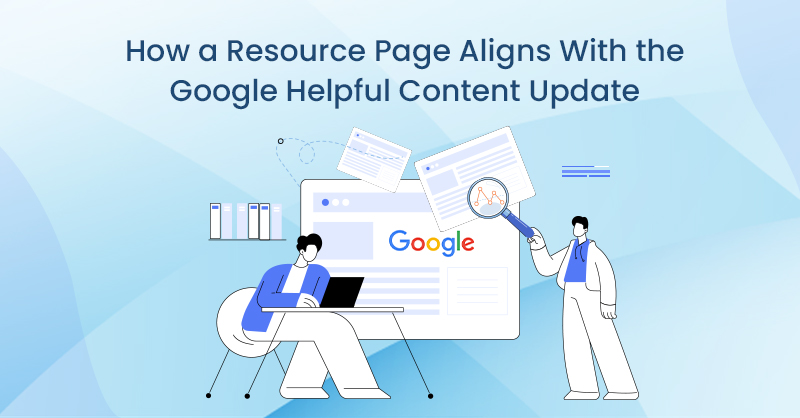If you’re on a quest for the magic button that generates the perfect call-to-action (CTA) to boost your conversation rates in minutes, you’re out of luck. The stark reality is that such a thing does not exist — there is no amount of unicorn blood or other magical ingredients you can offer that will make that button appear. It isn’t all bad news though; building the perfect CTA is an art, that luckily for everybody, has been tweaked and pushed and pulled in so many directions that it’s fairly easy to compile some of the best tricks out there for all to use.
Before considering the top tips for writing a CTA, you must first understand what it is, its purpose, and most importantly, how it benefits you.
What is a CTA?
Starting with the basics, even if you are unfamiliar with the term CTA, you’ve probably seen one before. In fact, if you’re reading this on a webpage, chances are you’ve seen one very recently. A CTA is, simply put, “a word, phrase, or sentence that tells your readers exactly what you want them to do next.”
In today’s digital marketing landscape, a CTA is very much the equivalent of a big flashing neon arrow that says, “Come in and buy things!” on an old storefront. The best thing about having a great CTA is that just like that neon arrow that points to a storefront, this can point the reader to any page on your website that you choose. CTAs aren’t limited to commands like “Buy Now!” — they can direct the reader every and any step of the way you choose, straight from “Sign up for our newsletter!” to “Review your shopping cart” and every step in between.
Why do you need a CTA?
Why does having the perfect CTA on your website benefit you? At the end of the day, it all comes back to what you’re looking for — more conversions. In fact, online marketing expert Neil Patel says that “one of the main reasons why most landing pages and sales pages are not converting leads into customers is a weak call to action with no sense of urgency.” To further expose the necessity of the CTA in generating conversions, Julia McCoy posted about the efficiency of the CTA. In her article, she notes that:
- Over 90% of those who visit your website and read your headline also read your CTA
- Emails with a non-convoluted single call-to-action received an increase of 371% in clicks, and in sales, a whopping 1617%
- Adding a CTA to your Facebook business or public figure page can increase your CTR rate by 285%
If those facts aren’t enough to convince you that having a fantastic CTA on your website will help drive more conversion, maybe Leighton Interactive’s technical marketing director, Travis McGinnis, will. He analyzed CTA performance based on click-through rates across all industries only to find that CTAs perform better than Google Ads.
So with these things in mind, how do you create the perfect CTA? Take a look at our top tips below!
How to Write a CTA That can Help You Maximize Your Conversions
Make sure your CTA Is above the fold
It should probably be a no-brainer that you want to put your CTA where the reader can see it. That’s why the first tip on our list is to make sure your CTA shows up above the fold — and don’t forget to take both mobile and web users into consideration. The first step to higher conversion rates is making sure your CTA is visible, and visible across all platforms.
Start with a strong command verb and use action words
Now that you’ve got a visible CTA, the next step is to ensure it has a strong hook. Start your CTA with a strong command verb such as “Buy” or “Subscribe.” In the odd situation you do not begin a CTA with a verb, make sure you do still include these action words, as they provide clear and concise direction to the reader. Don’t be afraid to use phrases like “Sign up” and “Discover” to unlock the potential of a strong CTA.
Use succinct language
On the topic of writing, make sure you don’t get too wordy. Cut the fluff and maximize the minimal space your CTA uses. The last thing you want to do is confuse your reader. Be sweet, short, and to the point with your instructions. If you want the reader to click a button, be very clear on what the action that follows will be. A reader will be more confident in a button that says “Click Here to Subscribe” instead of simply “Click Here” which could lead to questions and confusion.
Create a sense of urgency
Making a reader think there is a limited supply or limited time is a great way to encourage a click. Creating a sense of urgency by using phrases like “While supplies last” or “Get [promotion] today!” are effective methods of increasing conversion rates, especially using offers based on numbers such as “Use Promo Code ABCD for 50% off [item]!” To further the sense of urgency, remember exclamation marks are your friend; make use of them to encourage conversion.
Personalize it
Though it may sound odd when you take into consideration how short a CTA typically is, it works to your advantage to personalize best you can. Write in first-person, or use “you” to connect with the reader and make them feel that the action they are taking benefits them directly. Create that personal connection by putting the reader first. An example of this in action is shown by Michael Aagard of Content Verve when he saw a startling 90% increase in clicks by using first-person when writing their CTA’s.
Show value
Using your CTA, you are guiding the reader to do something for your benefit. But this has to work both ways, as the reader must also see the benefit on their end if they follow your direction. Value can be a tricky message to get across as it involves using specific language to continue to encourage conversions while remaining concise but also adding benefit. For example, instead of saying “Contact TechWyse today” you could specify “Contact TechWyse today to improve your conversion rates!”
Be clear on how following through is low-risk, and provides immediate benefits
If you’re proposing a low-risk offer in your CTA, you have earn the trust of your reader in order to successfully convert. Going back to tip number 3, provide as much information as possible. Emphasize the low-risk by using phrases such as “Try it for free” or “No credit card needed” if applicable. Don’t be afraid to show immediate benefits by highlighting some advantages of your product or service in the initial CTA.
Create the illusion of choice
Finally, one last tip for the perfect CTA — or as close as you can get — is to provide the reader with an illusion of choice. This may sound manipulative, but ultimately, it’s the best way to get your reader to do what you want is to make it seem like it’s their own idea. Experienced digital marketers leverage this technique by generating two CTAs; one you intend for the reader to click, and one that allows the reader to bypass the action. The difficult part of this tip is phrasing the CTA in a way that makes the reader almost always choose the “correct” option. One great example of how this can be done is by using statements such as “Share the best options” highlighted in green next to a red button that says “No thanks.”
There’s an Art to Writing a CTA
Of course, these are only a few tips that can guide your readers, and help your drive more conversions. They don’t always work together, and they definitely don’t all fit seamlessly. Again, there is no magic button. There’s no wand-waving that will produce the perfect CTA for you, but using some of these tips will help you get as close as possible.
Want to learn more about how you can drive more conversions from your website? Speak to an expert from TechWyse Internet Marketing today! Give us a call at 888.208.3095, or contact us here.






on
Ya, It’s Having me a Good Understanding OF CTA !! Thanks
on
Good post Emilie. It’s always advised to split test your CTAs using tools like Thrive Headline Optimizer or even tools like Hotjar.
Having a verb in the CTA, really gets people to take action. I loved that.
Thanks.